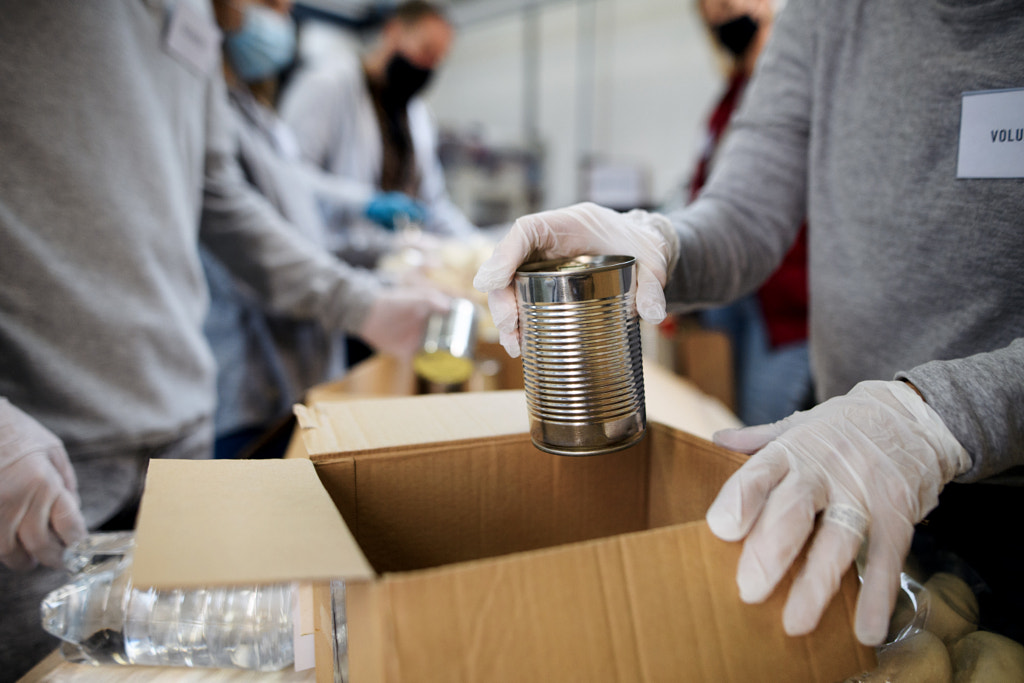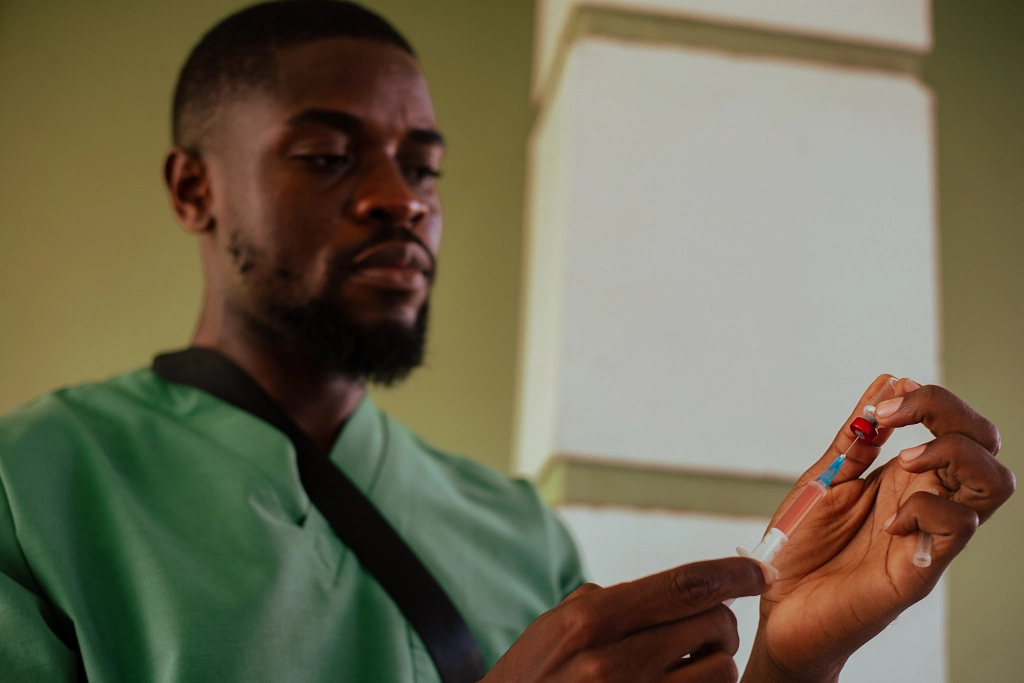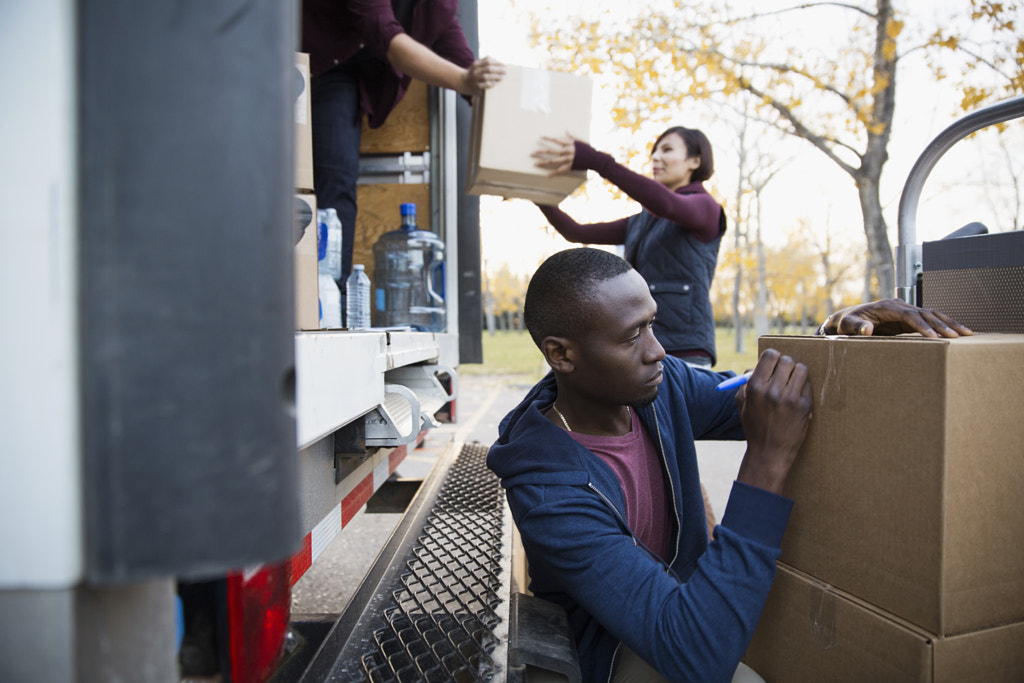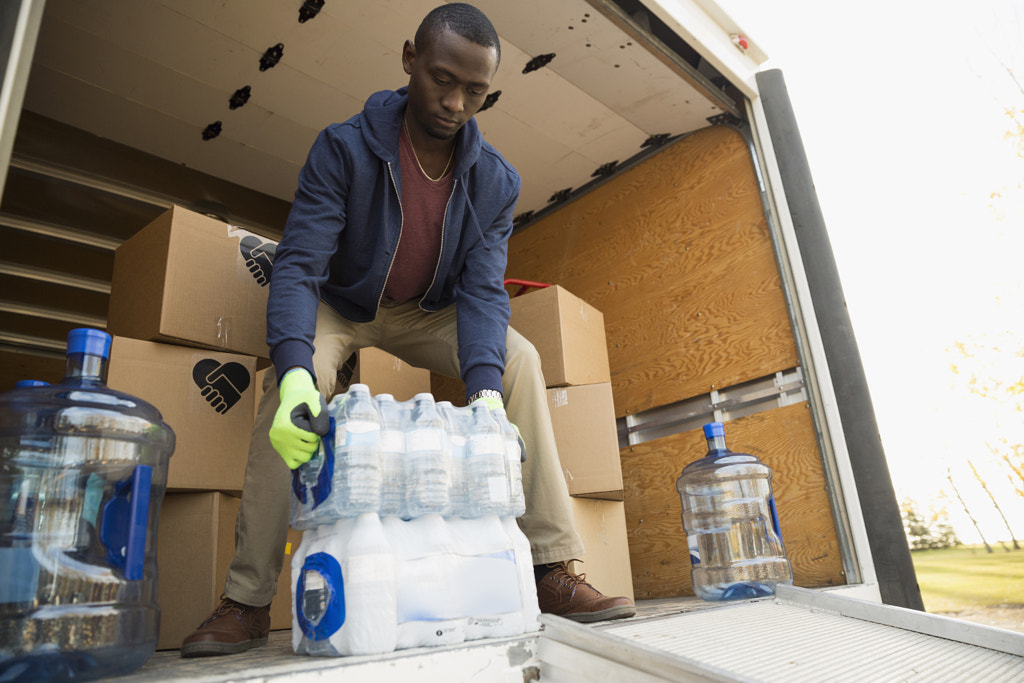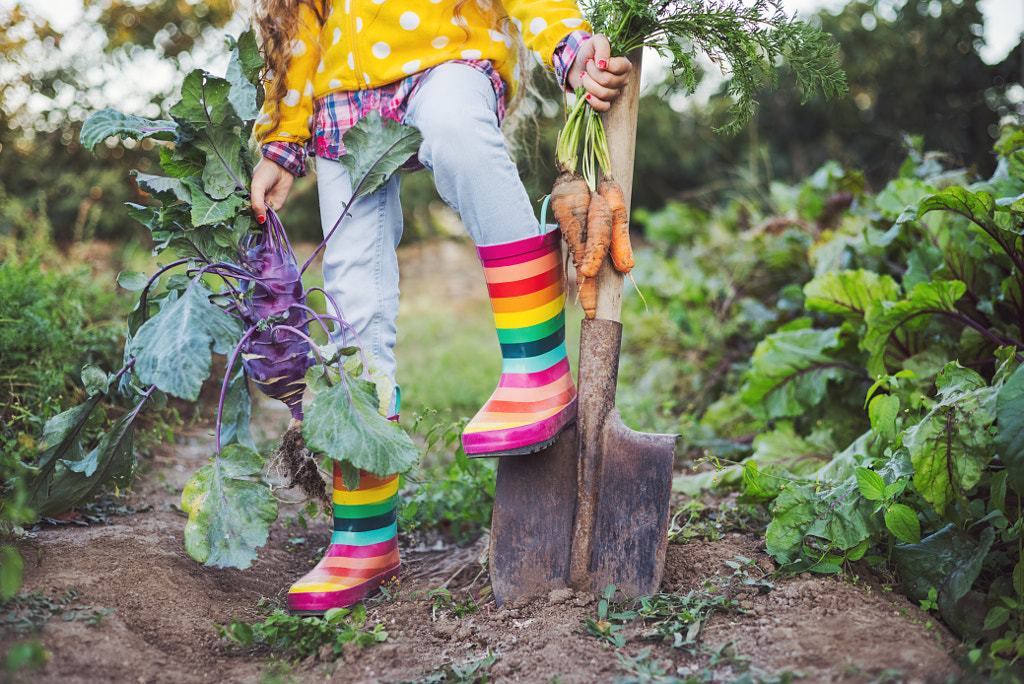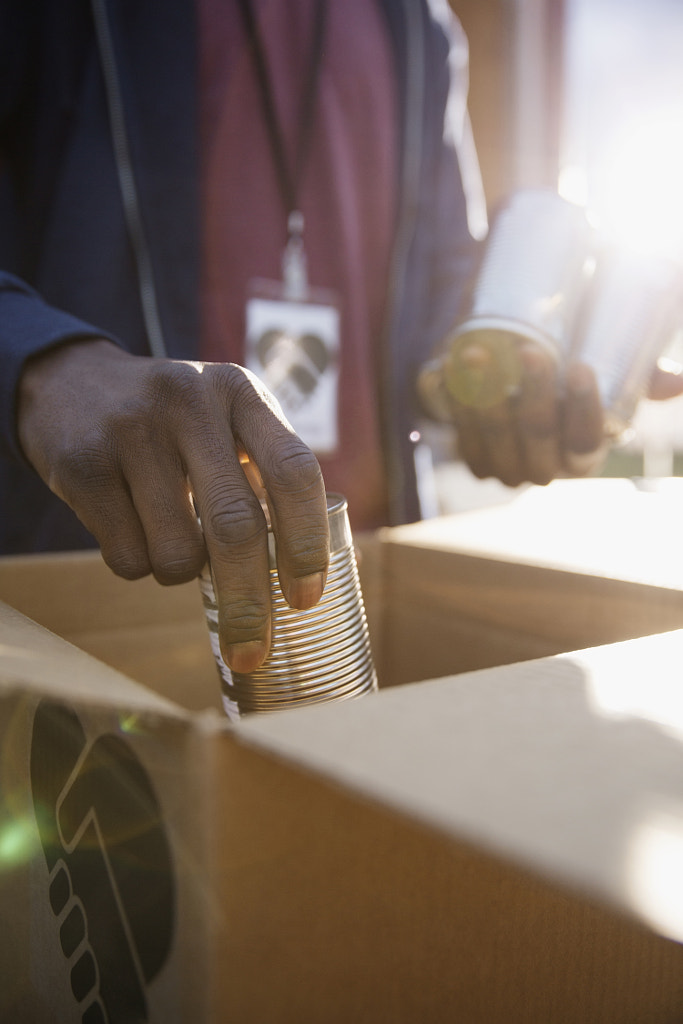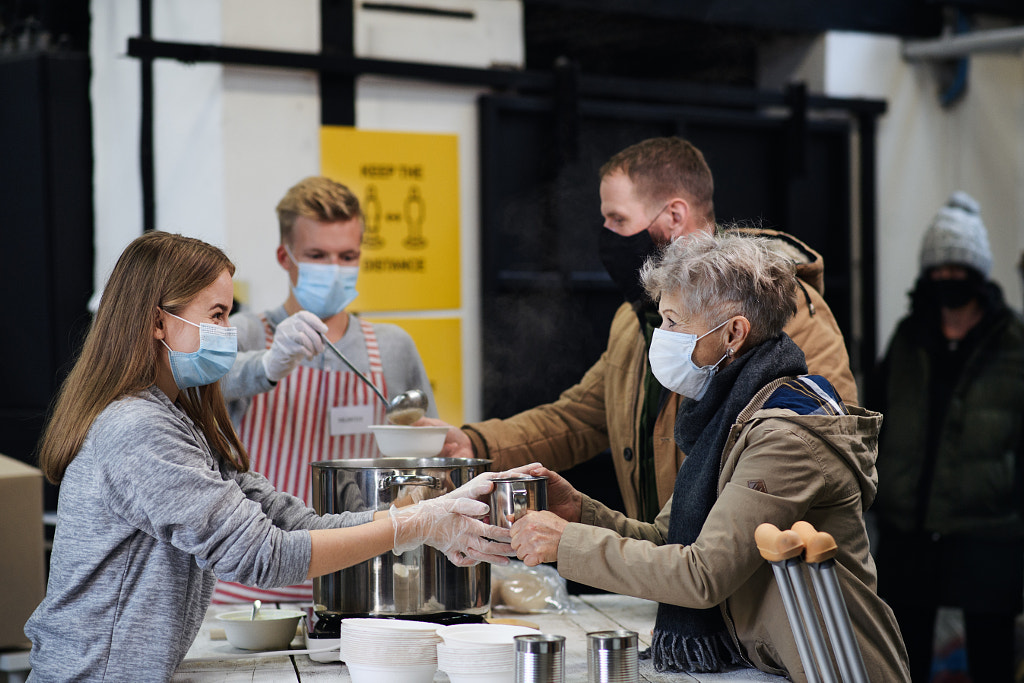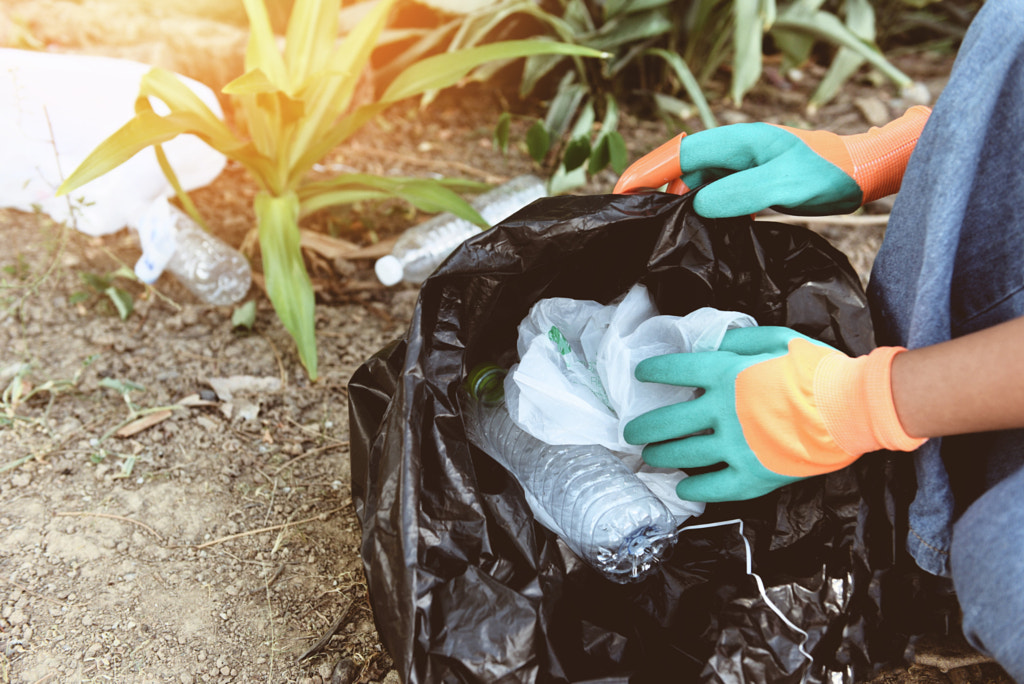In the state of New York, the pandemic inspired the formation of more than 100 mutual aid organizations, according to Mutual Aid Hub, a public resource tracking these groups. By May of 2020, they’d tracked more than 800 organizations across 48 states, up from 50 counted in March. During a time of crisis, communities came together and pooled their resources to help their neighbors, providing food, clothing, child and pet care, or mental health counseling. Some groups helped with vaccination sign-ups; others installed community refrigerators or helped with Wi-Fi access.
The last year and a half have underscored the importance of volunteers in our communities and shined a light on the unsung heroes who have been essential to the survival of their neighborhoods during an unprecedented time. And, as we’ve seen in 2020-21, demand for images that accurately represent the volunteer experience has soared, as brands, publications, and organizations look for new ways to illustrate their commitment to supporting their communities. Here are six tips for covering community outreach in your commercial Licensing portfolio, while also volunteering your time to programs that make a difference.
Tip #1: Do your research
From helping out at COVID-19 vaccination clinics to tutoring kids to shopping for seniors, volunteer opportunities can be found close to home, so start there. National organizations like Feeding America have chapters throughout the United States. You can find local directories to mutual aid groups online; there are also national databases that are updated regularly, with links to where you can join on social media.
Start with causes and social issues that mean something to you, and work from there. Maybe it’s volunteering with pets in need at your local animal shelter, or perhaps it’s helping out with a conservation initiative at a local park. It could be as simple as bringing together a few friends for a beach cleanup. If you have medical expertise, that might inform the direction of your outreach. Some volunteer platforms, like Volunteer Match, will match you with opportunities that fit your passions and skillset.
Your local community is special, and by telling the stories of your neighbors, colleagues, and friends, you’ll get photos that no one else could. When you photograph your own community, you’ll also have an insider’s perspective, rather than being an outsider looking in.
Tip #2: Mention photography upfront
If you’re just starting as a volunteer, clarify any expectations from the start. Many groups welcome photographers who can donate pictures of their initiatives, but some might not be familiar with Licensing, so if you’re shooting for your commercial portfolio, take the time to explain it to them. When you submit photos for Licensing, they could be bought and used for a number of different purposes, including advertising and fundraising for various companies or organizations.
It’s important that any group you work with understands how and where the photos could end up in the future. Make them a part of the process. If they’re on board with you Licensing the photos for commercial use, the next step would be for them to sign a model or property release (more on this later).
Sometimes, a group might have rules or guidelines about what you can or can’t photograph—follow them. Finally, if a group is not on board, for whatever reason, respect that decision. You can still donate your time and photography skills to helping them reach their goals, while learning more about volunteering and potentially applying those lessons to photoshoots you organize on your own in the future.
Tip #3: Listen and collaborate
It goes without saying, but only photograph people who have (enthusiastically!) agreed to be photographed. Once they agree, remember that your fellow volunteers are your collaborators, and they can and should play an active role in any photoshoot.
You already have something in common with your fellow volunteers: a cause. Maybe you’ve been volunteering for a long time, or you’re organizing a program with a small group of close friends, but if you’re just getting started, take the time to get to know everyone before you even think about the photography component.
It can help to ask your fellow volunteers about what volunteering means to them. What’s something they wish they saw represented more in media and advertising, and what are some ways you can help visualize those details? What are they most proud of, and how can you, as a photographer, highlight those accomplishments? When planning a shoot, follow their lead. The more you learn, the more authentic your photos will be.
Once you’re done with the session, feel free to show your photos to everyone in the group and ask for their feedback. Which photos do they feel are the strongest? Trust goes both ways, so make sure you’re all on the same page about which photos can be used for what purposes down the road.
Tip #4: Take a documentary approach
When people see a camera, their first instinct is to smile and pose, but when it comes to volunteering, some of the most powerful photographs are captured mid-action. Volunteering is a marathon, not a sprint, so the more time you spend with other volunteers, the more comfortable they’ll get with your camera. Instead of directing your models—and potentially distracting them from important work—fade into the background and document their activities, whether it’s planting veggies at a community garden or collecting clothing to donate.
Portray your models actively engaging in what they do best, and highlight the lifelong relationships that can form between volunteers. Show us what makes your group unique: maybe it’s the intergenerational story of a young person learning from a senior mentor, or perhaps it’s the bonds that form between neighbors coming together to lend a hand. It could be people planting together or building a house, each with their own roles and expertise.
Celebrate moments of leadership and collaboration. Grab photos of the “in-between” moments too, such as everyone taking a break for lunch or stopping to chat and catch up. These smaller “micro-moments” all help tell a larger story about volunteering.
Tip #5: Dot your i’s and cross your t’s
If you plan to license your photos for commercial use, you must have a model release for any recognizable people and a property release for any recognizable privately-owned location. It’s easy to print out 500px release forms and have everyone read them over, ask questions, and sign, so make sure you do this before your shoot. Another option is to use a standard digital release like those found on apps like Easy Release or Releases. You can also use 500px digital releases for convenience, but make sure everyone knows what to expect.
Another detail that can make or break your Licensing submissions are intellectual property issues like logos on clothing, branded design elements (on tech devices, for example), or tattoos. Depending on the nature of your shoot, you could coordinate with your fellow volunteers to ensure everyone’s wearing plain, generic clothing, or you could remove these details in post-production if they’re minor.
Tip #6: Mix up your angles
Depending on the work you’re documenting, you can approach a session from a number of angles and compositions. Start by shooting wide to include the location and some context (for example, a landscape during a beach cleanup). You can also include some negative space, as image-buyers often like to add their own messaging. From there, you can get closer for those environmental portraits and candid moments.
Feel free to get some anonymous shots too, including photos focusing only on someone’s hands carrying out specific tasks. You can shoot from behind someone’s shoulder for an immersive view of what they’re doing, or you can go high and low for an unusual perspective. Also, remember to capture the result of the volunteer work, whether it’s a collection of trash bags from a cleanup, a collection of goods to be donated, or even a construction project in progress. All of these details help tell the whole story of how volunteers support our communities—and how everyday acts of kindness can pave the way for lasting change.
Not on 500px yet? Click here to learn about Licensing with 500px.
The post Visualizing volunteering and community outreach in Licensing appeared first on 500px.
